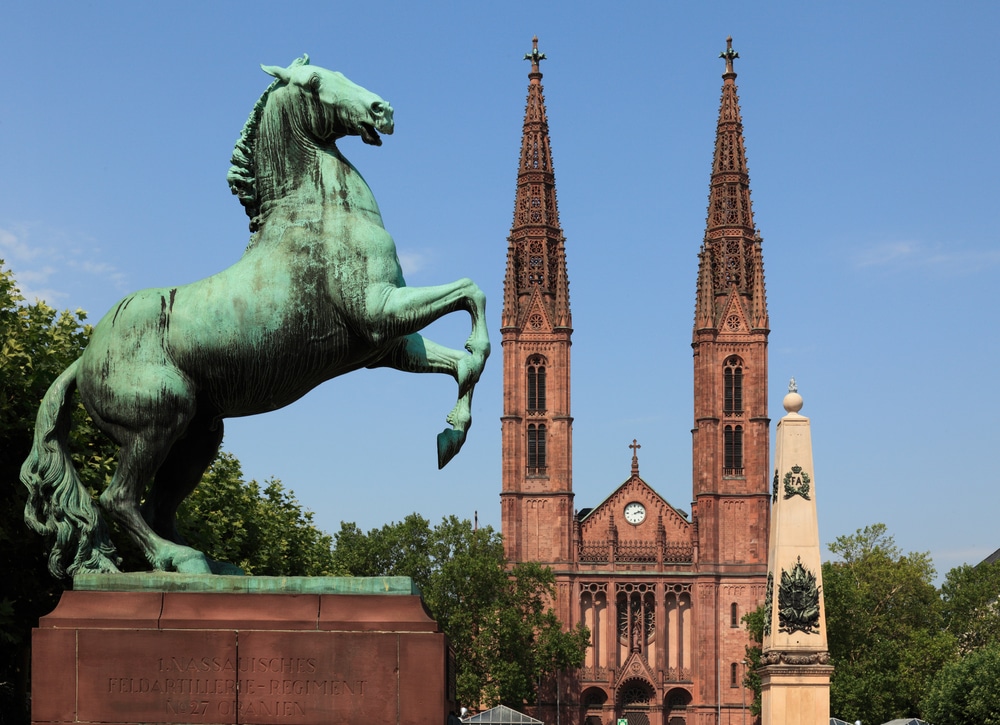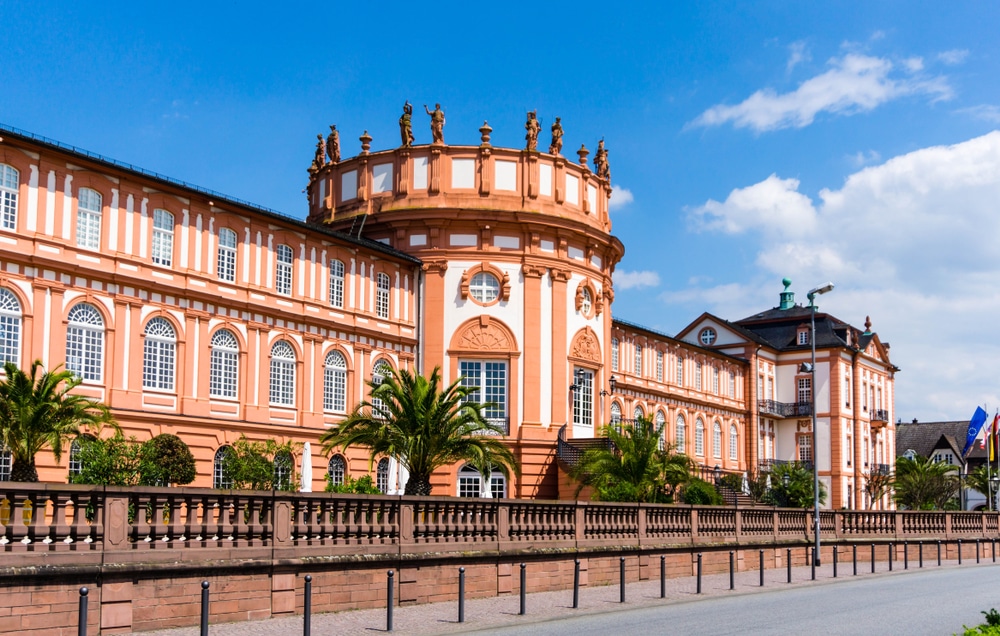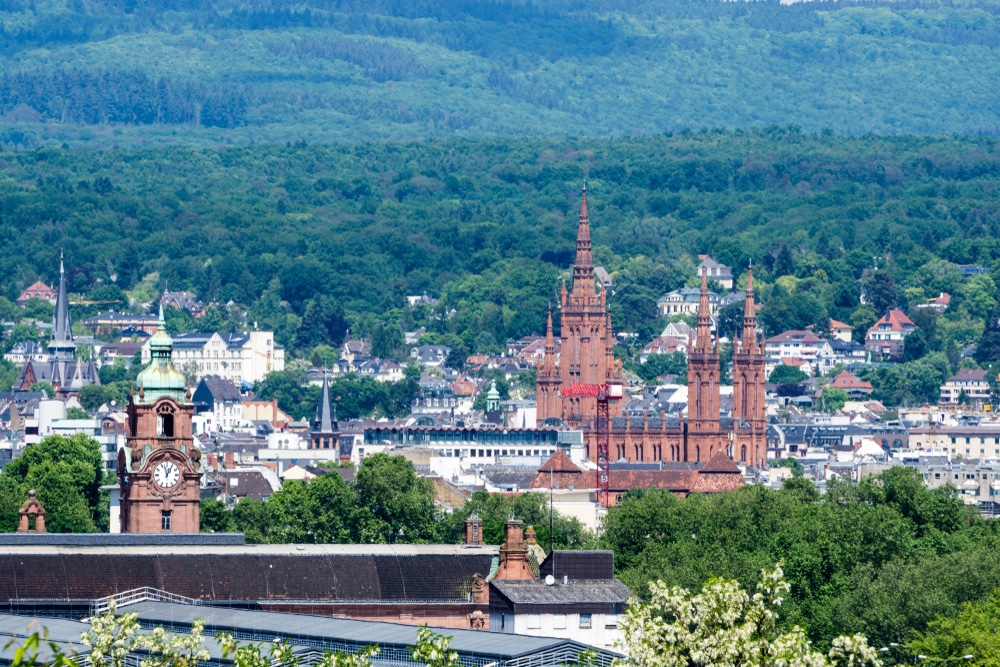The Bonifatiuskirche in Wiesbaden is one of the most interesting sights of the Hessian capital. It is the oldest place of worship in the city centre.
The Church of St. Boniface
The Church of St. Boniface, also known as the Church of St. Boniface, is Wiesbaden's most important Catholic church. It owes its name to St. Boniface (around 673 to 754), one of the most important church reformers and missionaries of the Frankish Empire.
Origin and history of the church
Before the present Bonifatiuskirche was built on Luisenplatz in Wiesbaden, there was already a church of the same name, which was completed in 1828. But already in 1831 the building collapsed. From 1845 onwards, a new Catholic parish church was built and consecrated by the Bishop of Limburg in 1849. However, due to financial constraints, further construction work had to be postponed. Thus, the final completion of the church took until 1866, the year in which the two towers were completed, reaching a height of 68 metres.
Because the Mauritiuskirche, which was built between 1488 and 1521, fell victim to a fire in 1850, the Bonifatiuskirche is now the oldest church in Wiesbaden. The building combines Romanesque and Gothic forms and shows the first Art Nouveau forms.
During the Second World War, allied bombing in 1945 caused severe damage to the building, but this was repaired by 1949. With a fundamental renovation, the St. Boniface Church was completely restored by 1966. To this day, the Church of St. Boniface is the largest Catholic place of worship in the Hessian state capital.
Sights of the St. Boniface Church
Already as a building, the church of St. Boniface represents an interesting sight in its own right. The interior of the church lies in the chiaroscuro. Light can find its way through extensive stained glass windows. In the lower half of the church, numerous devotional candles create a contemplative and devout atmosphere. The main altar stands out in the middle of the room.
Altar and pulpit
Bronze panels by the Cologne artist Elmar Hillebrand from 1985 show images of the history of salvation. These include above all the death of Christ on the cross and his resurrection. The pulpit and ambo were also created by Hillebrand. The visitor can admire pictures of Abraham's calling, the sending forth of the disciples and Stephen's martyrdom.
On the windows of the church the sending of the Holy Spirit into the modern world is shown pictorially. The altarpieces of the side altars depict the church's namesake: St. Boniface. There is also an image of the Virgin Mary.
The statues in the arcade arches as well as the crucifixion group in the choir room were created by the Wiesbaden sculptor Karl Hoffmann (1816-1872). The two statues show St. Teresa of Avila and St. Francis of Assisi.
The church bells
St Boniface's Church has six bells, three of which date from the 19th century. Three more were inserted in 1962.
The chapels
Also part of the St. Boniface Church are the Baptismal Chapel and the Sacramental Chapel. A wrought-iron candlestick depicts the burning bush from the 2nd book of Genesis.
The organ
Another important part of the church of St. Boniface is the organ, which was made in 1954. In 1985 it was rebuilt. Until 1998 additional extensions were made. Due to its reverberation time, the organ is excellently suited for symphonic music.



